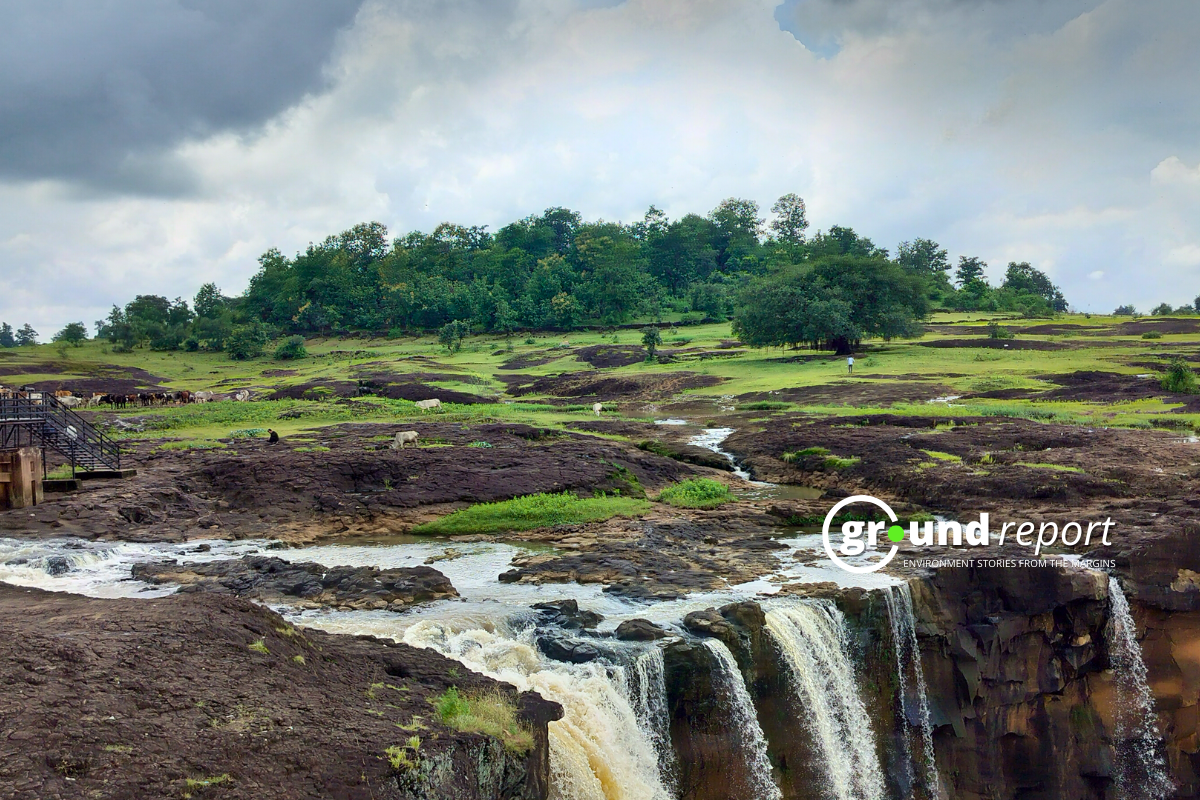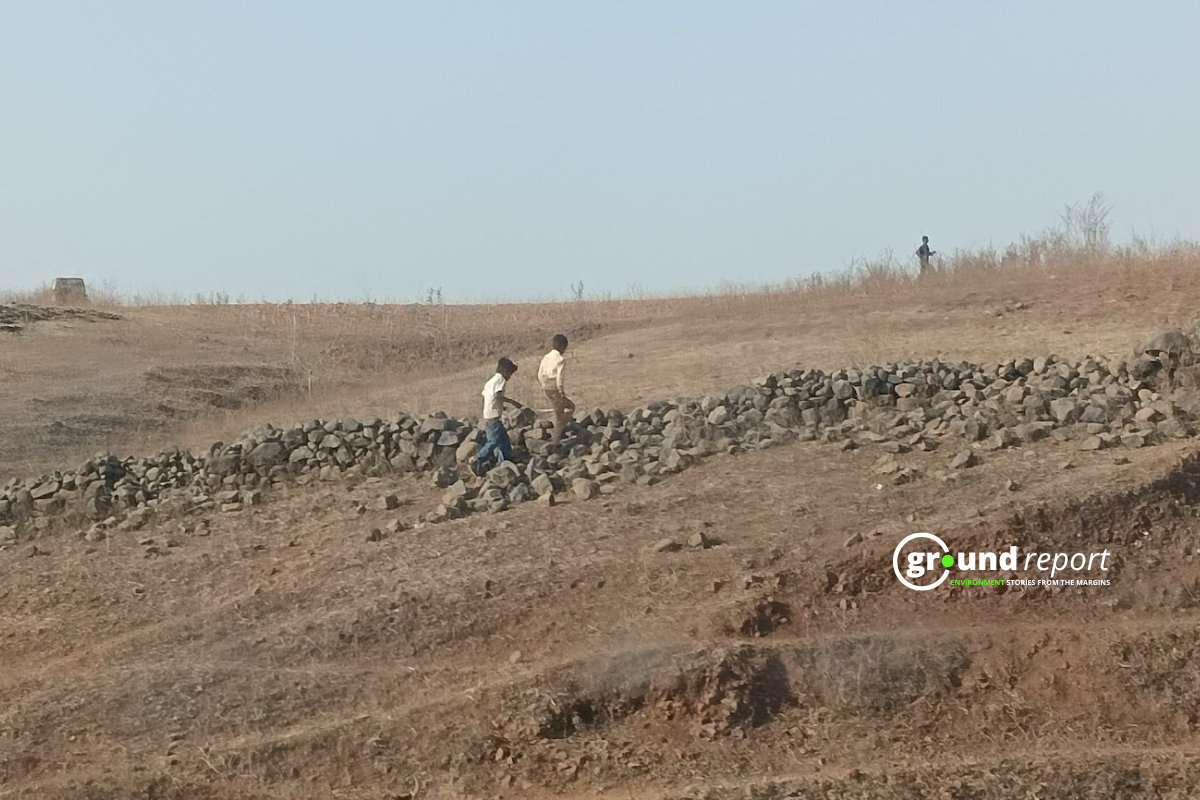Zombie ice from the massive Greenland ice sheet will eventually raise global sea levels by at least 10 inches on its own, according to a study released Monday.
Zombie or doomed ice is ice that is still attached to thicker areas of ice but is no longer fed by those larger glaciers. That’s because the main glaciers receive less replenishing snow. Meanwhile, doomed ice is melting because of climate change, said study co-author William Colgan, a glaciologist at the Geological Survey of Denmark and Greenland.
“It’s dead ice. It will just melt and disappear from the ice sheet,” Colgan said in an interview. “This ice has been consigned to the ocean, regardless of what climate (emissions) scenario we take now.”
Located primarily within the Arctic Circle, a frozen ice cap has encased the vast majority of Greenland for 18 million years. The ice covers an area of about 1,380 miles by 680 miles, with a thickness of about 5,000 feet. While this melting zombie ice is still attached to thicker areas of the ice, it no longer falls enough to allow the “major glaciers” to feed it and keep it frozen. An estimated 120 billion tons of ice will be affected, meaning 3.3 per cent of Greenland’s total ice sheet is expected to melt into the sea.
The released water will raise global sea levels by more than double previous estimates. To put that into perspective, that’s hypothetically enough to melt to cover the entire continental US with 37 feet of water, and while that’s not the actual scenario envisioned, it’s a sobering figure.
“It’s dead ice. It will just melt and disappear from the ice sheet,” says study co-author William Colgan, a glaciologist at the Geological Survey of Denmark and Greenland, in an interview with AP News. “This ice has been consigned to the ocean, regardless of what climate (emissions) scenario we take now.” The ice is “starving” from snow, he added.
The study’s lead author, Jason Box, a Greenland glaciologist, called the situation “more like a foot in the grave.” This is the first time that a minimum ice loss has been calculated for Greenland, along with a corresponding rise in sea level. The study did not report an expected date for this sea level rise, but the authors wrote that it could occur “within this century.”
Colgan, a glaciologist at the Geological Survey of Denmark and Greenland, published his findings Monday in Nature Climate Change. The study found that zombie ice attached to Greenland’s glaciers will inevitably break off and raise global average sea levels by 11 inches, and that’s just the conservative estimate.
The study authors estimated that figure based on climate data from 2000 to 2019; But as human-caused climate change worsens over time, historical data may become less and less accurate.
In fact, Greenland’s zombie ice may cause sea levels to rise by 30 inches (78.2 centimeters) based on climate data from 2012, a “big melt” year that may be more accurate in representing Greenland’s climate in the future. “This is how climate change works,” Colgan said. “Today’s outliers become tomorrow’s averages.”
A 2020 Nature study of the melting Antarctic ice sheet found that for every degree the Earth warms above pre-industrial levels, the Antarctic ice sheet will add an additional 1.3 meters to the current sea level. If the world fails to meet the Paris Agreement goal of keeping global warming below 2 degrees Celsius, the Antarctic ice sheet could contribute 2.4 meters to the mean sea level for every degree of warming. Between six and nine degrees of warming, about 10 meters will be added to the mean sea level per degree.
According to the U.S. Global Change Research Program, the world’s average sea level has risen by 23 centimetres since 1880, with about eight centimetres added in the last 20 years.
As sea levels rise, coastal cities like Vancouver, New York and Shanghai will be the hardest hit, with the potential of redrawing the map entirely. Floods and extreme weather events will become more frequent and severe and will have major impacts on tides, currents and winds.
- Electricity Consumption in Crypto Mining
- Electricity from nuclear fusion, How it is different from existing nuclear energy?
- How Modi govt betrayed farmers with Electricity amendment bill 2022?
- ‘Andhera Kaa’yam Rahae’: Electricity Playing Hide and Seek in Kashmir
- Do you know how many people still live without electricity?
You can connect with Ground Report on Facebook, Twitter, Koo App, Instagram, and Whatsapp and Subscribe to our YouTube channel. For suggestions and writeups mail us at GReport2018@gmail.com









